Is Your Clothing Toxic? An Exploration
Our clothes are not 100% fiber. Almost every textile part is synthetically produced with a tone of chemicals. So that we can say that we are surrounded by Toxic Clothing, Fashion and Fabrics Problem for Us and The Planet.
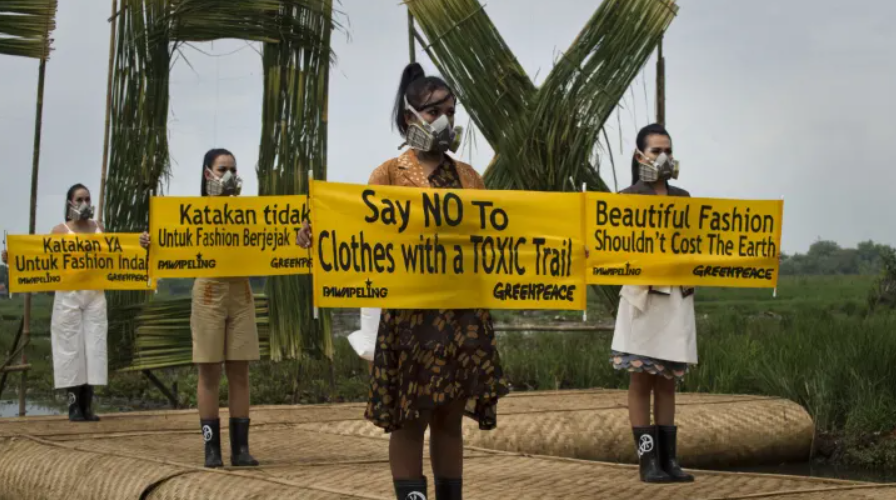
For all these years, consumers didn’t bat an eye when this was normal practice, but now the preferences are changing. Thankfully!
In this article, we’ll be going through a detailed study of how toxic clothing affects us AND the environment.
Fast-Fashion- A Joy or Woe
The term “fast fashion” refers to stylish, low-cost, high-turnover apparel and accessories produced quickly to satisfy consumer demand. Ecology, trash, and human labor were not considered when making these clothes.
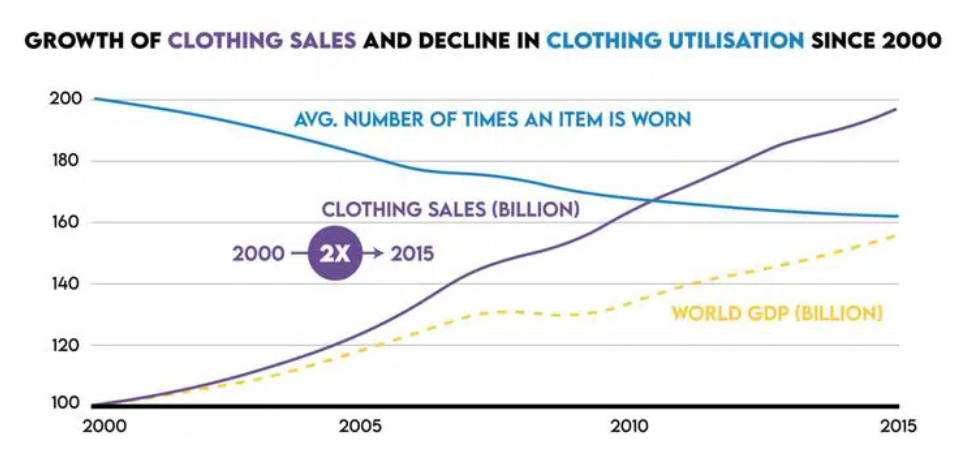
Everything from deteriorating garment quality to quickly transitioning trends contributes to toxic fashion. Compared to what was two decades ago, we now consume nearly 400% more new pieces of clothing every year globally.
It’s said that every year fashion brands release 52-micro collections, which can easily accommodate 2 seasons. It all leads to one question is fast fashion good?
We don’t think so. Let’s tell you why.
Toxic Types Of Clothing – To Humans and The Environment
#1 Performance Fabrics
PFCs are persistent and bio-accumulative chemicals discovered in humans and animals worldwide.
Although these substances boost performance, there is increasing agreement that they might potentially harm human and environmental health.
Extremely used fabrics like athletic apparel or hospital textiles frequently have antimicrobial coatings like silver and triclosan.
Regarding flame-resistant textiles, halogenated flame retardants are frequently applied to the fibers.
You can tell that a fabric has likely been chemically treated when you see wrinkle-free, stain-resistant, water-proof, or flame-retardant characteristics.
#2 Clothing with A Chemical Smell
Chemical smell of clothing is a sure sign of excessive formaldehyde. Simple rule – do not buy them!

Source – Risk assessment of dermal exposure to formaldehyde
Toxic fabrics are also produced through the dyeing and treatment methods. It is required to generate clothing that is waterproof, anti-wrinkle, and anti-microbial clothing, in addition to the harsh chemicals frequently used to make fabrics soft and suitable for clothing.
These finishing procedures frequently use known carcinogens like perfluorocarbons, formaldehyde, certain volatile organic compounds (VOCs), and heavy metals.
#3 Synthetic Fabric
Synthetic fabrics are created from harmful substances for humans. Petrochemical-derived manufactured fibers are used to make fabrics, including polyester, nylon, spandex, and acrylic. They have also been connected to an increase in dermatitis cases and offer less breathability than their natural fiber competitors.
These fabrics are extensively processed chemically, resulting in significant carbon dioxide outputs.
Synthetic fabrics, in general, do put us at higher risk of hazardous substances than natural ones.
Additionally, many synthetic textiles stop our skin from detoxing regularly.
#4 Conventional Cotton
The typical cotton industry consumes a lot of water, but it also uses a lot of fertilizers and pesticides, which pollute the environment.
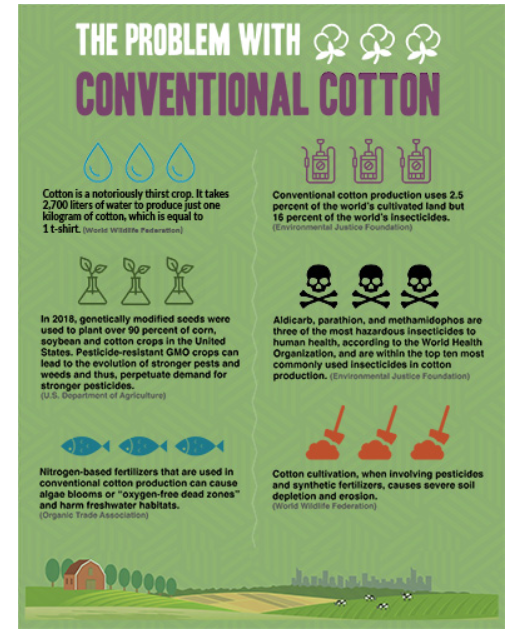
Conventional methods of preparing cotton can contain significant amounts of synthetic chemicals. Despite being a natural material, insecticides are widely used in conventional cotton production.
An estimated 37% of fabrics used in the textile industry are made of cotton. Although conventional cotton is naturally derived, it nevertheless raises safety concerns. It is a popular hazardous fabric used in our apparel.
How Toxic Is the Fashion Industry?
The term ‘toxic’ refers to several aspects of the textile: the fiber, environment, laborer’s life, etc.
Let’s understand in terms of fabric first. Before reaching our wardrobes, the clothes go through multiple chemical treatments.
According to Dr. Linda Greer, a senior global fellow at the Institute for Public and Environmental Affairs, “Chemicals are added to clothing for numerous performance tasks, including softening them, for wrinkle resistance, and shrink resistance.”
On average, over 8000 chemicals are used to turn raw materials into clothing. There are valid arguments for removing these hazardous chemicals used in clothing production.
One of the major reasons is that workers expose themselves to a very high risk of contracting diseases from these chemicals.
Impact Of Toxic Clothing On Human Health
There are synthetic compounds, including carcinogens and hormone disruptors, suspected to be used in manufacturing garments. The development of malignant cells is attributed to substances known as carcinogens.
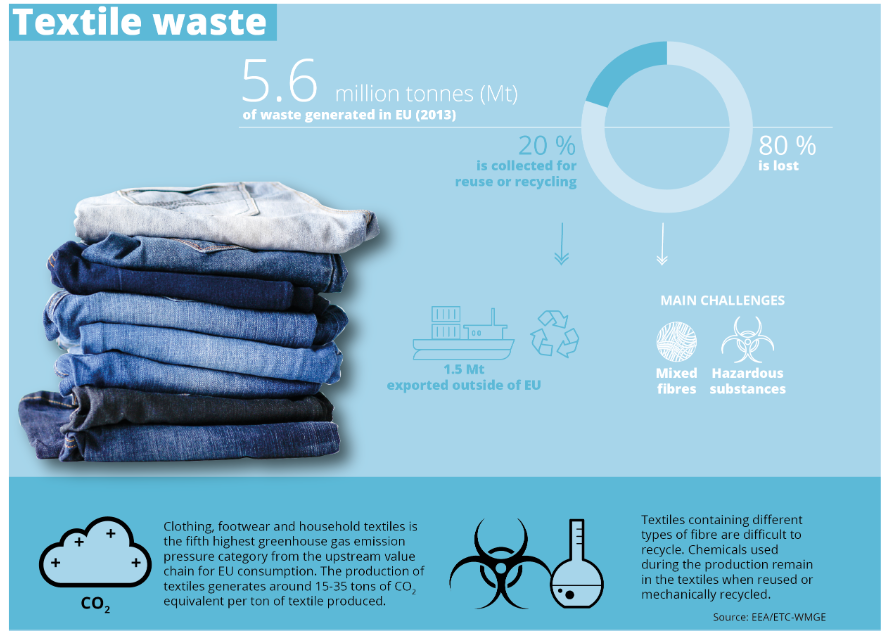
Flame retardants, AZO dyes, chromium, and formaldehyde are the more potentially dangerous substances. These synthetic compounds can potentially irritate the skin and exacerbate any allergies in the wearer.
It is significant! Many of the dyes and finishes used on standard textiles contain substances that irritate the skin.
Many people consider cotton “natural,” yet even “natural” clothing isn’t all that natural due to the pesticides, herbicides, chlorine bleach, and poisonous finishes.
Due to sweating opening pores and allowing the body to absorb more chemicals, consumers are especially vulnerable to rashes from harsh chemicals used to make athletic apparel, underwear, and socks.
According to epidemiological studies on performance fabrics (PFCs), fast fashion is a major health risk and harms the environment, wildlife, and people.
Impact Of Toxic Clothes On the Environment
Even more, the fashion sector generates 92 million tones of textile waste annually, most of which is disposed of in landfills or burned.
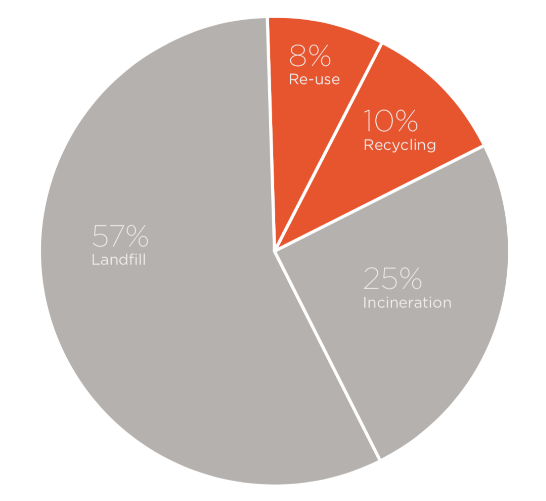
Every year, 85% of all textiles end up in landfills. More than $400 billion is wasted each year because of abandoned clothes. Before clothing and materials are even created, a significant environmental strain exists.
What Chemicals Used in Our Clothes Are Harmful?
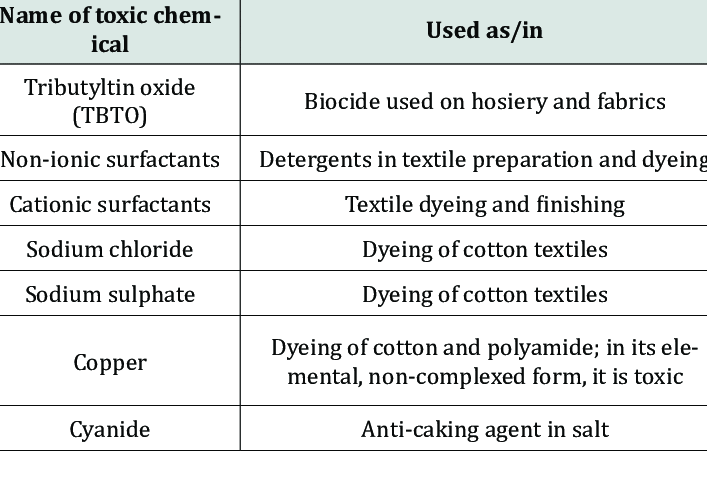
#1 AZO dyes
The most popular textile dyes contain mercury-containing pigments that can affect the skin and organs and are utilized in textile manufacture.
Textile dyes have the highest quantities of p-Phenylenediamine (PPD), which can lead to dermatitis and skin allergies in their black and brown colors.
#2 PFCs (Perfluorocarbon)
PFCs are probably present in waterproof clothing and stain-resistant clothing. They are a particular flame retardant class connected to health hazards like cancer and infertility.
#3 Formaldehyde
This substance, used to make clothing less prone to wrinkles, is known to irritate the skin and create respiratory problems.
After their goods tested positive for formaldehyde numerous times, the global lingerie business Victoria’s Secret has been the target of numerous lawsuits.
#4 Solvents
To dissolve the dyes with pigments, the industry uses solvents. Overexposure to solvents can affect how well an organism’s organs and central nervous system operate.
#5 Surfactants
Surfactants are used in factories to clean, dye, and finish textiles.
Because of their antistatic, detangling, and softening qualities. Although less toxic to people, surfactants can be damaging to marine life.
#6 Phthalates
Phthalates may be connected to “anti-odor” clothing that includes silver nanoparticles and the chemical triclosan.
Since rubber-based materials are used to print images and logos onto clothing, phthalates are a plasticizer frequently encountered in printing.
Phthalates, often used in athletic clothes, sportswear, and plastic accents for accessories, have been related to hormone disturbance and cancer.
#7 Chromium
Because they cure the leather more quickly than vegetable tanning, chromium salts are widely utilized in tanning leather.
Chromium runoff is frequently improperly disposed of, which can harm food crops and create rashes and respiratory issues in employees.
#8 Metals
Metals by themselves are not harmful, but when they are fused with unmonitored compounds or are not properly traced along the supply chain, they can become hazardous.
Radioactive sources can occasionally accidentally melt at the same time as unrefined metal operations. When a line of metal-studded belts was found to be radioactive in 2013, ASOS ran into this issue.
How To Avoid Toxic Clothing
- Think about purchasing from sustainable and eco-friendly brands.
- Purchase fewer garments.
- Less is more; spend your money on durable items that will last a lifetime.
- Your body can breathe and assist in temperature regulation when you choose to wear organic fibers.
- Avoid wearing anything that says it is “flame-resistant.”
- Verify the inside tag to see what the clothing is made of.
- Before wearing new clothing, always wash it to eliminate pollutants.
- Watch out for leather substitutes.
- Be on the lookout for organic products and fibers.
- Purchase vintage and used items.
- Buying clothing produced with synthetic, petroleum-based fibers is not recommended.
- Purchase goods manufactured from organic cotton, hemp, linen, wool, bamboo, and other natural fibers.
Conclusion
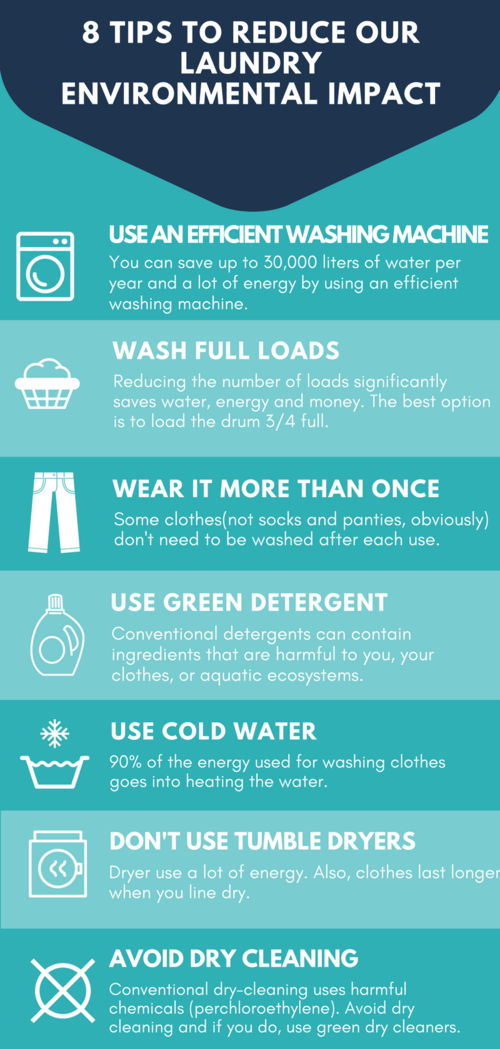
Although the garment business has been plagued by toxic fashion; brands are defying convention. Fast fashion has substantial negative effects on the environment and society, and consumers want firms to adjust their ways.
Customers can limit their support to businesses that follow ethical fashion standards and pressure businesses to change their business methods to be more environmentally friendly.
